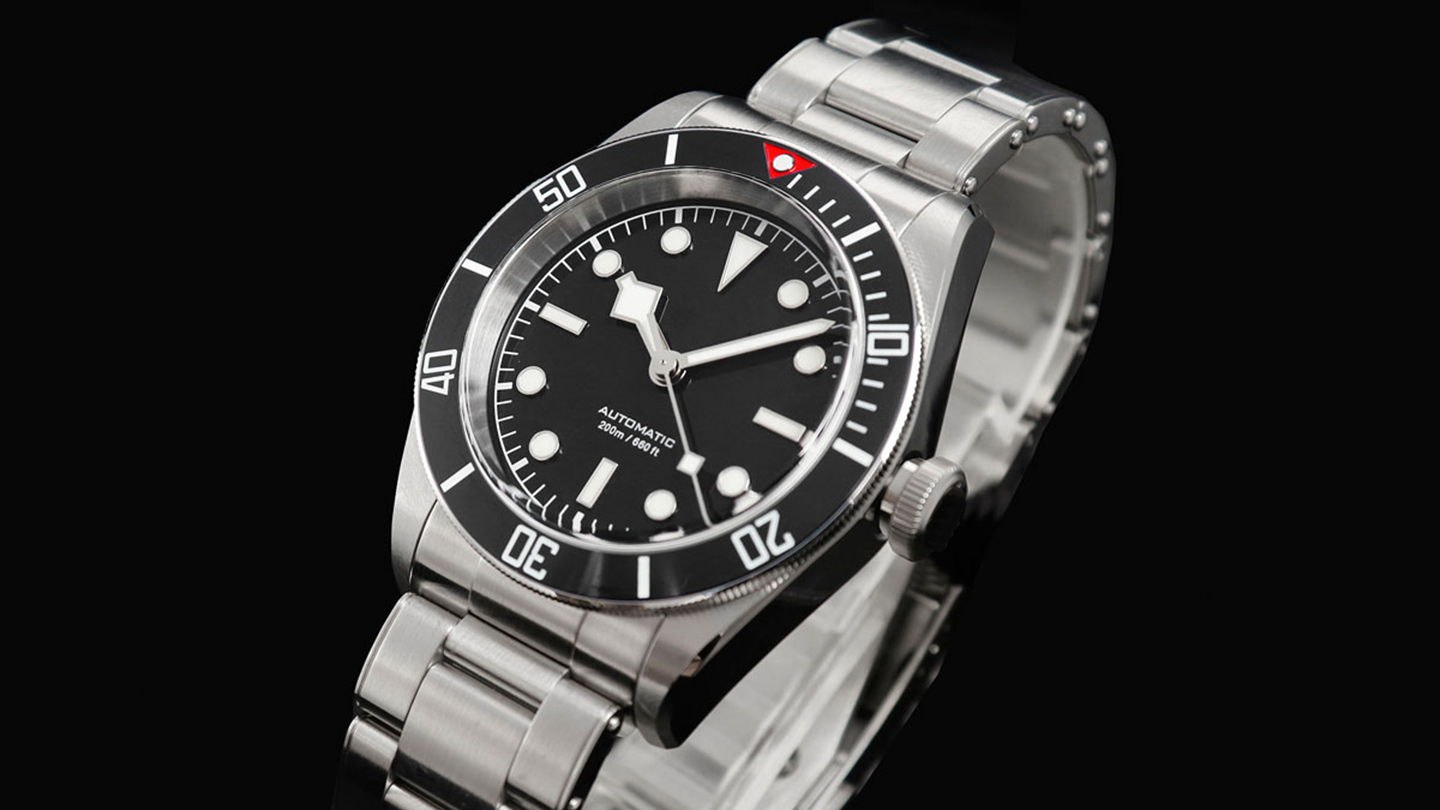Dive watches are not just timekeeping devices; they are essential companions for underwater adventures. Among all their features, water resistance stands out as the most crucial one. Whether you're a professional diver or a water sports enthusiast, understanding how to evaluate a dive watch's water resistance can help you make an informed purchase and ensure the safety of your timepiece. Here's a comprehensive guide to help you assess this vital aspect.
1. Deciphering the Water Resistance Ratings
The first place to start is by looking at the water resistance ratings displayed on the watch dial, case back, or in the user manual. Common markings include “300M,” “20BAR,” or “20 ATM.” These numbers represent the static water pressure the watch can withstand in a laboratory setting. For example, a watch rated for 300 meters doesn't mean it's suitable for unrestricted use at that depth in real-world dynamic underwater conditions. In practice, it's advisable to limit the diving depth to around 70%-80% of the rated value for safety.
It's important to note that different brands may follow varying testing standards for these ratings. Before buying, check the brand's official testing guidelines. For instance, some brands conduct additional tests for shock resistance during submersion, while others more focus on long-term exposure to water pressure.

2. Examining the Waterproof Structure
2.1 Crown Design
The crown is a vulnerable point for water ingress, but most dive watches feature a screw-down crown to enhance water resistance. When evaluating, check the smoothness of the screwing-in and -out process. A high-quality screw-down crown, like those on the Tudor Black Bay series, fits snugly when tightened, forming a secure seal that prevents water from seeping in. Any looseness or difficulty in screwing could indicate a potential weakness in the waterproofing.
2.2 Case Back
Dive watches typically have either screw-down or press-fit case backs. Screw-down case backs generally offer superior water resistance. Examine the threads on the case back to ensure they are clear, complete, and engage smoothly. With press-fit case backs, pay close attention to the condition of the rubber gasket around the edge. Signs of aging, hardening, or deformation could compromise the seal.
2.3 Watch Crystal
Sapphire crystal is a popular choice for dive watch crystals due to its excellent scratch resistance and sealing properties. Inspect the area where the crystal meets the watch case. It should be flat and gap-free, with evenly distributed and well-formed rubber gaskets. A poorly fitted crystal can lead to water leakage, especially under pressure.
3. Assessing the Condition of Waterproof Components
The waterproof gasket, usually made of rubber, is a key component in maintaining a watch's water resistance. Over time, gaskets can age, harden, or develop cracks, significantly reducing the watch's ability to repel water. Regularly check the gasket for signs of wear. If it feels dry, loses its elasticity, or shows visible cracks, it's time to replace it.
Moreover, keep the sealing areas of the crown, case back, and crystal clean. Dirt, debris, or foreign objects in these areas can disrupt the seal, allowing water to penetrate the watch case.
4. Considering Real-World Usage Scenarios
Your actual diving activities play a significant role in choosing a dive watch with appropriate water resistance. For snorkeling or casual water activities, a watch with a water resistance of 100 - 200 meters is usually sufficient. However, for professional deep-sea diving, opt for watches rated at 300 meters or more, preferably with features like a helium escape valve.
Frequent and intense diving can also affect a watch's water resistance over time. If you're an avid diver, prioritize watches known for their durability and make sure to maintain and test their water resistance regularly.
5. Professional Testing and Verification
When in doubt about a watch's water resistance, it's best to send it to the brand's official service center or a professional watch repair shop. These experts use specialized equipment, such as water resistance testers, to perform vacuum and pressure tests, providing accurate evaluations. It's recommended to have your dive watch professionally tested for water resistance once a year or every two years, especially if you use it frequently in water.
In conclusion, evaluating a dive watch's water resistance requires a thorough examination of multiple factors. By paying attention to ratings, structure, component condition, usage scenarios, and professional testing, you can ensure your dive watch remains reliable and functional in the underwater world. If you want to learn more about evaluating other features of dive watches or have questions about specific brands and models, feel free to leave a comment to us!
#customdivewatch #divingwatchmanufacturer #diverwatchcompany #oemwatch #watchfactory

 Home
Home Gezfeel
Gezfeel Jun 20 2025
Jun 20 2025



 Address: Room 405, Building A, Qianhai Zhichuang Technology Industrial Park, No.60 Nanchang Road, Nanchang Community, Xixiang Street, Baoan District, Shenzhen, China
Address: Room 405, Building A, Qianhai Zhichuang Technology Industrial Park, No.60 Nanchang Road, Nanchang Community, Xixiang Street, Baoan District, Shenzhen, China

